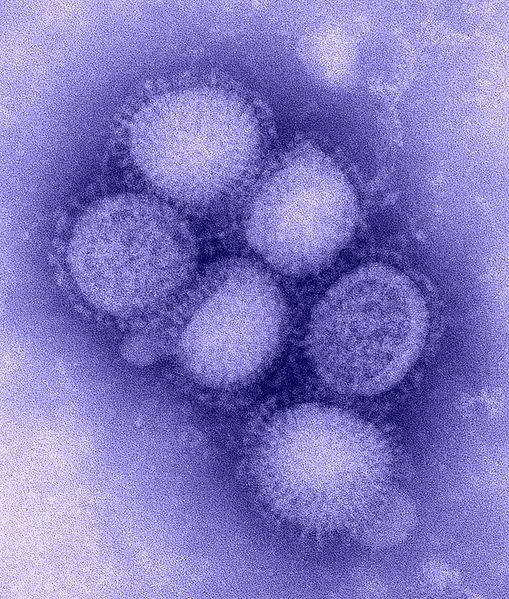-
 Frost
Frost
-
 Occultation
Occultation
-
 Garden strawberry
Garden strawberry
-
 Hawking radiation
Hawking radiation
-
 Phoenicopteriformes
Phoenicopteriformes
-
 Vestigial structure
Vestigial structure
-
 Vulva
Vulva
-
 Dysentery
Dysentery
-
 Rubisco
Rubisco
-
 Nymphosis
Nymphosis
-
 Genetic change
Genetic change
-
 Contact deposit
Contact deposit
-
 Acaulescent
Acaulescent
-
 Enteritis
Enteritis
-
 Sonography
Sonography
-
 H.264
H.264
-
 Backdoor
Backdoor
-
 Transpiration
Transpiration
-
 Organic agriculture
Organic agriculture
-
 RGB
RGB
-
 Cogeneration
Cogeneration
-
 Crystal lattice
Crystal lattice
-
 Greenhouse effect
Greenhouse effect
-
 Agonist
Agonist
-
 Edaphic
Edaphic
-
 Constellation of Taurus
Constellation of Taurus
-
 Blasts
Blasts
-
 Astrocyte
Astrocyte
-
 Dolby
Dolby
-
 Discharge height
Discharge height
Influenza virus
The influenza virus (Myxovirus influenzae) belongs to the Orthomyxoviridaefamily and Influenza virusgenus.
Features of the influenza virus
The influenza virus has a single strand negative polarity RNA genome composed of 8 segments containing 900 to 2,300 bases. The whole genome contains 13,500 bases. The genome codes for 11 proteins.
The viral particle contains the 8 RNA segments, encapsulated in viral proteins. These are all surrounded by a protein matrix layer and enveloped in a cell membrane forming a viral particle 80 to 120 nanometres in diameter. Two viral proteins are anchored in the envelope and determine the viral type: haemagluttinin (H) and neuraminidase (N). There are 16 types of haemagluttinin and 9 types of neuraminidase.
There are strains of influenza A, B and C, all of which infect human beings although they also infect other animals.
Influenza virus and influenza
The virus attaches to respiratory system cell receptors via haemagluttinin. After the virus has been endocytosed, the RNAs are transported towards the cell nucleus where transcription of the messenger RNA takes place. Replication of viral RNA and protein translation ultimately results in the production of new viral particles that can be excreted to colonise other cells.
 The influenza virus is a structure composed of RNA and viral proteins enveloped in a membrane. © DR
The influenza virus is a structure composed of RNA and viral proteins enveloped in a membrane. © DR
Latest
Fill out my online form.



